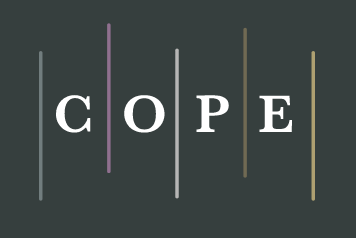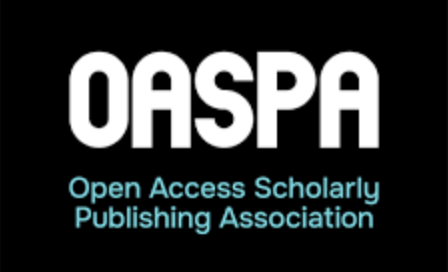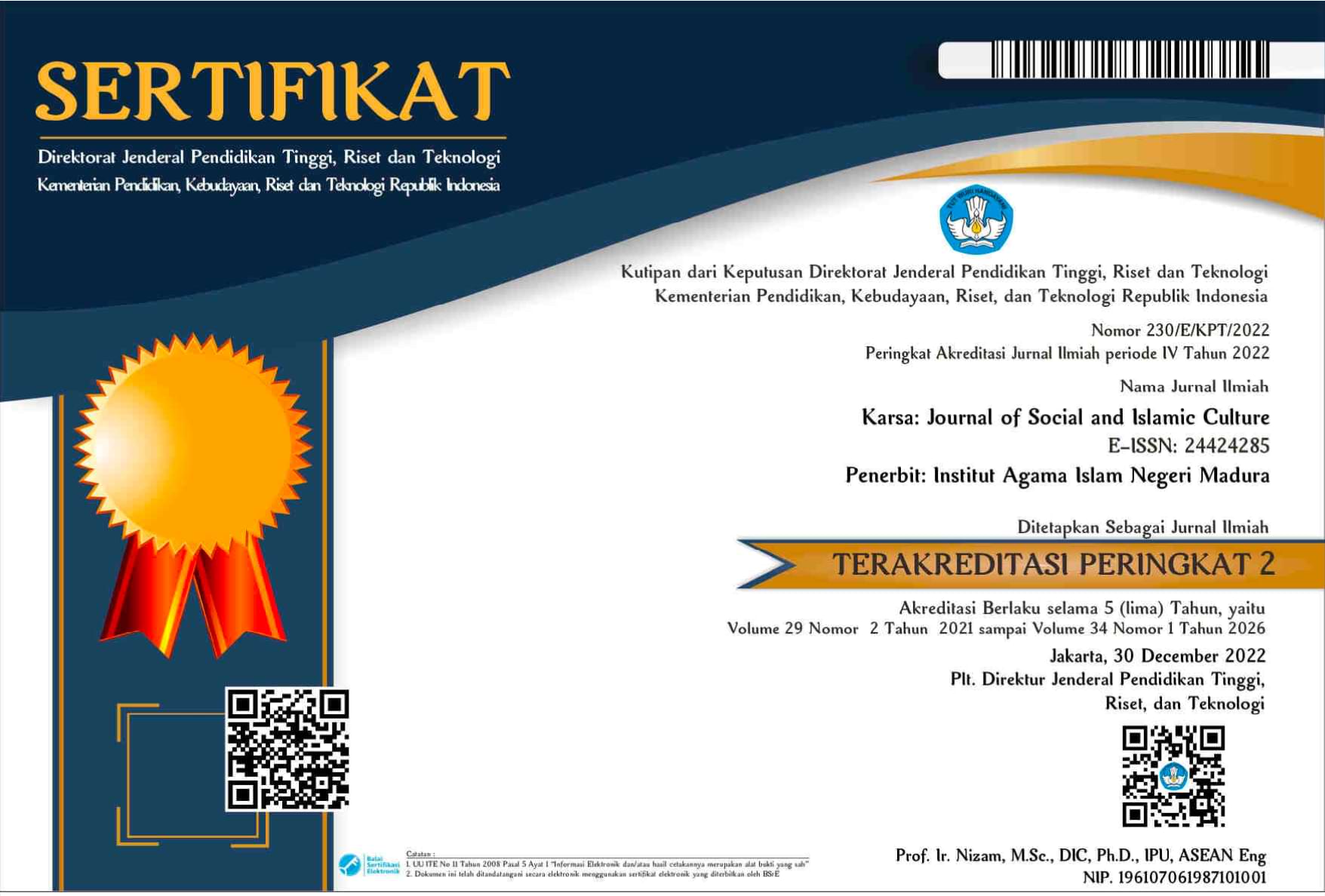Religious Values in The Funeral Procession on The Datuk Wisdom
 Abstract views: 220
,
Abstract views: 220
,
 PDF downloads: 308
PDF downloads: 308
Abstract
In Minangkabau may not be the only custom that occurs Salingka Nagari, but each country has its unique features. This article describes the religious value of the Datuk burial process in Minangkabau. This study investigates the religious values in the traditional ceremony of the death of a Datuk called Osong Kapali. This study uses qualitative research with data collection using interviews and documentation methods. The first ceremony of Osong Kapali begins with baretong, mangkaji adaik, mancabiakan shroud, Osong Kapali, installation of adaik cloth, maroncak, natural speech, Manigo Ari. In the procession of Adat Osong Kapali there are religious values such as the value of worship, generosity, the value of trust and the value of gratitude for abun and sustenance.
Downloads
References
Alade, Salman. “Pertentangan Hukum Adat dan Hukum Islam di Minangkabau dalam Novel Mencari Cinta Yang Hilang Karya Abdulkarim Khiaratullah (Tinjauan Sosiologi Sastra).” Jambura Journal of Linguistics and Literature 1, no. 1 (2020): 36–49. https://ejurnal.ung.ac.id/index.php/jjll/article/view/6921.
Alzamzami, Mutaqin, Sholahuddin Ashani, and Rizki Ade Syahputra. “Religious Social Values in the Wiridan Tradition in the Village of Lubuk Bayas, North Sumatra.” KARSA: Journal of Social and Islamic Culture 29, no. 1 (2021): 64–97. https:/www.doi.org/10. 19105/karsa.v29i1.2345.
Amri, Andi. Zulmi Ramdani, Jaka Warsihna, and Lidwina Felisima Tae. “Tungku Tigo Sajarangan, Tali Tigo Sapilin: A Strategy Towards World Class University Based on Local Wisdom Perspective.” AL-ISHLAH: Jurnal Pendidikan 13, no. 1 (2021): 31–40. https:/www.doi.org/10.35445/alishlah.v13i1.386.
Asrinaldi, Asrinaldi, and Yoserizal Yoserizal. “Problems with the Implementation of Adat Basandi Syarak Syarak Basandi Kitabullah Philosophy.” Masyarakat, Kebudayaan dan Politik 33, no. 2 (2020): 162. https:/www.doi.org/10.20473/mkp.v33i 22020.162-173.
Auliarahman. “Osong Kapali.” https://budaya-indonesia.org/Osong-kapali. 2018.
Busyairy, Lalu Ahmad. “Akulturasi Budaya Dalam Upacara Kematian Masyarakat Kota Santri Kediri Lombok Barat.” Harmoni 17, no. 2 (2018): 228–43. https:/www.doi.org/10.32488/harmoni.v17 i2.328.
Elfiani, Elfiani, Dahyul Daipon, Basri Na’ali, Fajrul Wadi, and Hendri Hendri. “Manjalang Niniak Mamak: Makna Komunikasi Verbal Dan Non-Verbal Di Nagari Gunuang Malintang Kecamatan Pangkalan Luhak Limo Puluah Kota.” Satwika : Kajian Ilmu Budaya dan Perubahan Sosial 6, no. 1 (2022): 153–66. https:// www.doi.org/10.22219/satwika.v6i1.20789.
Gamage, K. A. A., D.M.S.C. P.K. Dehideniya, and S.Y. Ekanayake. “The Role of Personal Values in Learning Approaches and Student Achievements.” Behavioral sciences (Basel, Switzerland) 11, no,7 (2021): 1-23. https://doi.org/10.3390/bs 11070102.
Isman, Mhd., Robert Sibarani, Ikhwanuddin Nasution, and T. Tyrhaya Zein. “Local Wisdoms of Batagak Pangulu Tradition in Minangkabau.” Journal of Research in Humanities and Social Science 5, no.1 (2017): 76-82. https://www.questjournals.org/ jrhss/papers/vol5-issue1/L517682.pdf.
Hasmira, Mira Hasti, Delmira Syafrini, Nora Susilawati, and Erda. “Mayanda: Suatu Tradisi Dalam Upacara Kematian Pada Masyarakat Nagari Talang, Kabupaten Solok, Sumatera Utara.” 1990.
Lestari, Tri, and Donny Khoirul Azis. “Nilai Nilai Religius dan Tradisi Ziarah Kubur Malam Syekh Baribin di Desa Sikanco Kecamatan Nusawungu Cilacap.” Pusaka: Jurnal Khazanah Keagamaan 8, no. 1 (2020): 113–24. https://blamakassar.e-journal.id/pusaka/ article/view/338.
Masril, and Rada Desviana. “Profil Anak Putus Sekolah Di Nagari Sungai Patai Kecamatan Sungayang Kabupaten Tanah Datar.” Jurnal Psikodidaktika 6, no. 1 (2021): 172–91.
Mendrawati, Lidia. Alpizar Alpizar, Suryan A. Jamrah, Dardiri Husni, and Saleh Nur, “Mengangkat Sang Pemimpin Tradisi Peresmian Batagak Penghulu Persukuan Kaum Jambak Arau di Kabupaten Agam.” Nusantara Journal for Southeast Asian Islamic Studies 18, no. 1 (2022): 30-48. https://ejournal.uin-suska.ac.id/index. php/nusantara/article/view/18537/795.
Palanta, Admin. “Nagari Sungai Patai, Sungayang, Kabupaten Tanah Datar.” langgam.id, 2020. https://langgam.id/nagari-sungai-patai -sungayang-kabupaten-tanah-datar/.
Pasaribu, Fani Ratny. “Manajemen Istano Basa Pagaruyung.” Jurnal Pariwisata 6, no. 1 (2019): 71–79. https:/www.doi.org/10.31311/ par.v6i1.5089.
Penyusun, Tim, A.R. Dt. Lelo, Nan Putiah, and A. Dt. Paduko. “Monografi Adat Salingka Nagari.” 2017.
Potabuga, Yodi Fitradi. “Pendekatan Antropologi dalam Studi Islam.” Transformatif 4, no. 1 (2020): 19–30. https:/www.doi.org/10. 23971/tf.v4i1.1807.
Pratama, Vandi. “Manyerakkan Piti dalam Upcara Kematian di Nagari Sungai Patai.” blogspot.com. https://nagarisungaipatai.blogspot. com/2015/06/manyerakkan-piti-dalam-upacara-kematian.html.
Pridayanti, Enok Anggi, Ani Nurani Andrasari, and Yeni Dwi Kurino. “Urgensi Penguatan Nilai-Nilai Religius Terhadap Karakter Anak SD.” Journal of Innovation in Primary Education 1, no. 1 (2022): 40–47. https://ejournal.unma.ac.id/index.php/jipe/article/ download/2789/1650/11449.
Putri, Siska Elasta Putri. “Social Values in Funerary Ceremony Research on Lintau Buo Community, Tanah Datar Regency.” ALFUAD: Jurnal Sosial Keagamaan 5, no.2 (2021): 26-37. https://ojs.iainbatusangkar.ac.id/ojs/index.php/alfuad/article/download/4263/2213.
Rahman, Abdul, Muhammad Syukur, and Abdul Aziz. “Suru Maca: Tradisi Menyambut Bulan Ramadan Masyarakat Desa Pakkabba Kabupaten Takalar Sulawesi Selatan.” SMart 6, no. 2 (2020): 277–91. https://journal.blasemarang.id/index.php/smart/article/ view/1097.
Rahmat, Aulia. “Civil Society Nagari Minangkabau: Restrukturisasi Adat Dalam Lintasan Kebijakan.” Bakaba: Jurnal Sejarah Kebudayaan Dan Kependidikan 8, no. 1 (2019): 1–14. https:/www.doi.org/10.22202/bakaba.2019.v8i1.3453.
Robbie, R Iqbal. “Acculturation Coalesce Between Islamic Leadership with Minangkabau Local Wisdom.” Karsa: Journal of Social and Islamic Culture 29, no. 1 (2021): 128–51. https:/www.doi.org/10. 19105/karsa.v29i1.4239.
Sagiv, Lilach, and S.H. Schwartz. “Personal Values Across Cultures.” Annual Review of Psychology 73 (2022): 517-546. https:// www.annualreviews.org/doi/10.1146/annurev-psych-020821-125100#_i47.
Samiran, Fahmil, Elfiani Elfiani, Dahyul Daipon, Rahmiati Rahmiati, and Hendri Hendri. “Values behind Osong Kapali Ceremony: Sociocultural Review of Indigenous and Religious Tradition.” El Harakah: Jurnal Budaya Islam 24, no. 2 (2022): 263–81. https:/www.doi.org/10.18860/eh.v24i2.17338.
Saputra, Rahmad Fauzi. “Makna Simbolik Tradisi Bakayu Dan Mangampiang di Nagari Batipuah Ateh Kecamatan Batipuah Kabupaten Tanah Datar Provinsi Sumatra Barat.” JOM FISIP 6 (2019): 1–11. https://jom.unri.ac.id/index.php/JOMFSIP/article/ view/25232.
Sebastian, Aleena. “Matrilineal practices among muslims: An ethnographic study of the Minangkabau of West Sumatra.” Ethnography 0, no. (0). https://journals.sagepub.com/doi/10. 1177/14661381221147137?icid=int.sj-abstract.citing-articles.5.
Sehandi, Yohanes, and Rosalia Mulia Maju. “Nilai-Nilai Religius Dalam Upacara Adat Rowa pada Masyarakat Manggarai Di Flores.” Jurnal Retorika 3, no. 2 (2022): 127–37. https://e-journal.uniflor.ac.id/index.php/RJPBSI/article/view/2366.
Schwartz, S.H. (2012). “An Overview of the Schwartz Theory of Basic Values.” Psychology and Culture, 2(1). https://doi.org/10.9707/ 2307-0919.1116.
Tanjung, Srimaharani, T.S. Sinar, I. Nasution, and M. Takari. “The Tradition of Manjapuik Marapulai in Minangkabau Culture.” KnE Social Sciences 3, no. 4 (2018): 878–890. https://doi.org/ 10.18502/kss.v3i4.1994.
Udin, Syamsuddin. Sastra Lisan Minangkabau: Tradisi Pasambahan Pada Upacara Kematian. Departemen Pendidikan dan Kebudayaan RI, 1998.
The journal operates an Open Access policy under a Creative Commons Non-Commercial Share-Alike license. Authors who publish with this journal agree to the following terms:
- Authors retain copyright and grant the journal right of first publication with the work simultaneously licensed under a Creative Commons Attribution License that allows others to share the work with an acknowledgement of the work's authorship and initial publication in this journal.
- Authors are able to enter into separate, additional contractual arrangements for the non-exclusive distribution of the journal's published version of the work (e.g., post it to an institutional repository or publish it in a book), with an acknowledgement of its initial publication in this journal.
- Authors are permitted and encouraged to post their work online (e.g., in institutional repositories or on their website) prior to and during the submission process, as it can lead to productive exchanges, as well as earlier and greater citation of published work.





















